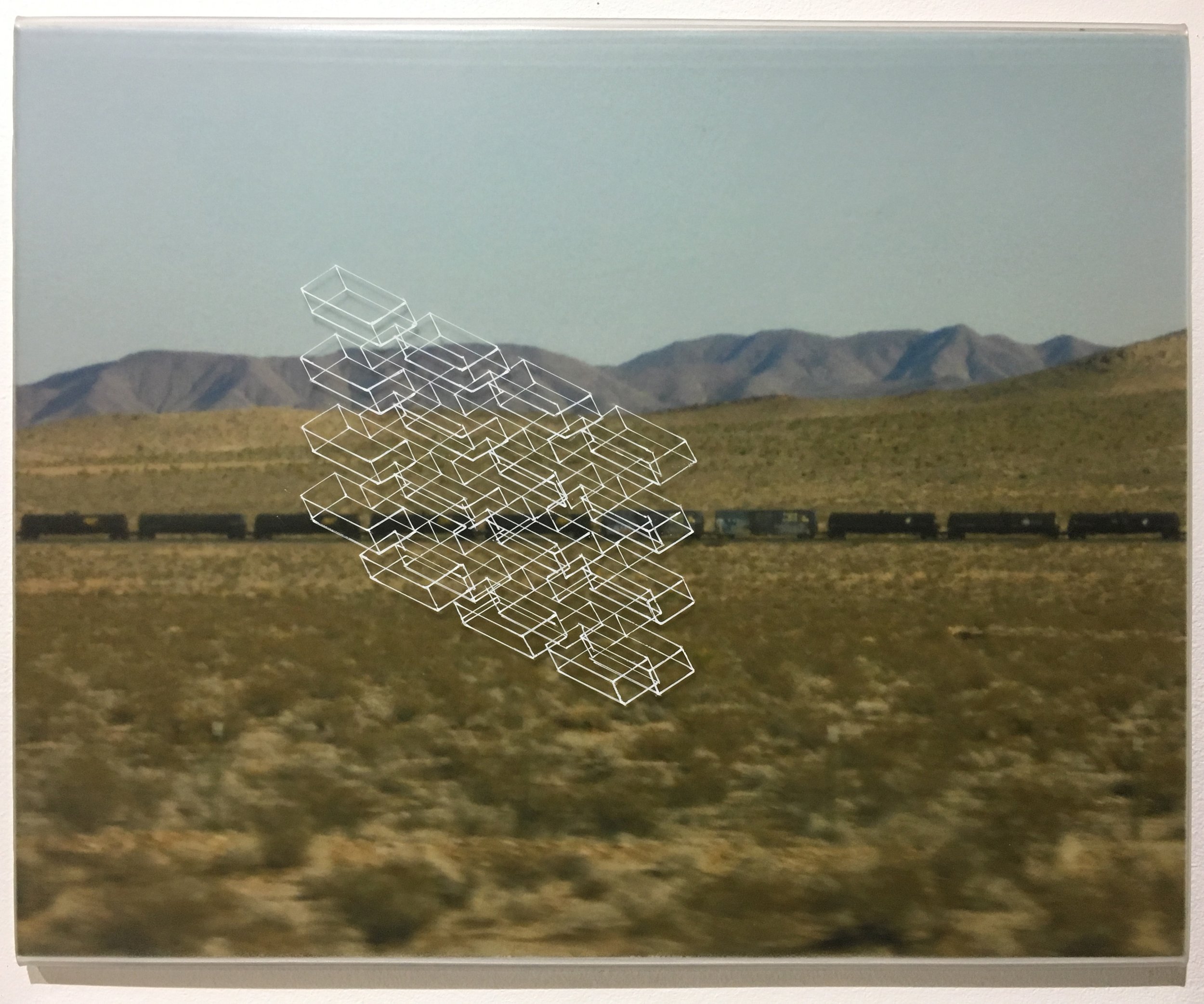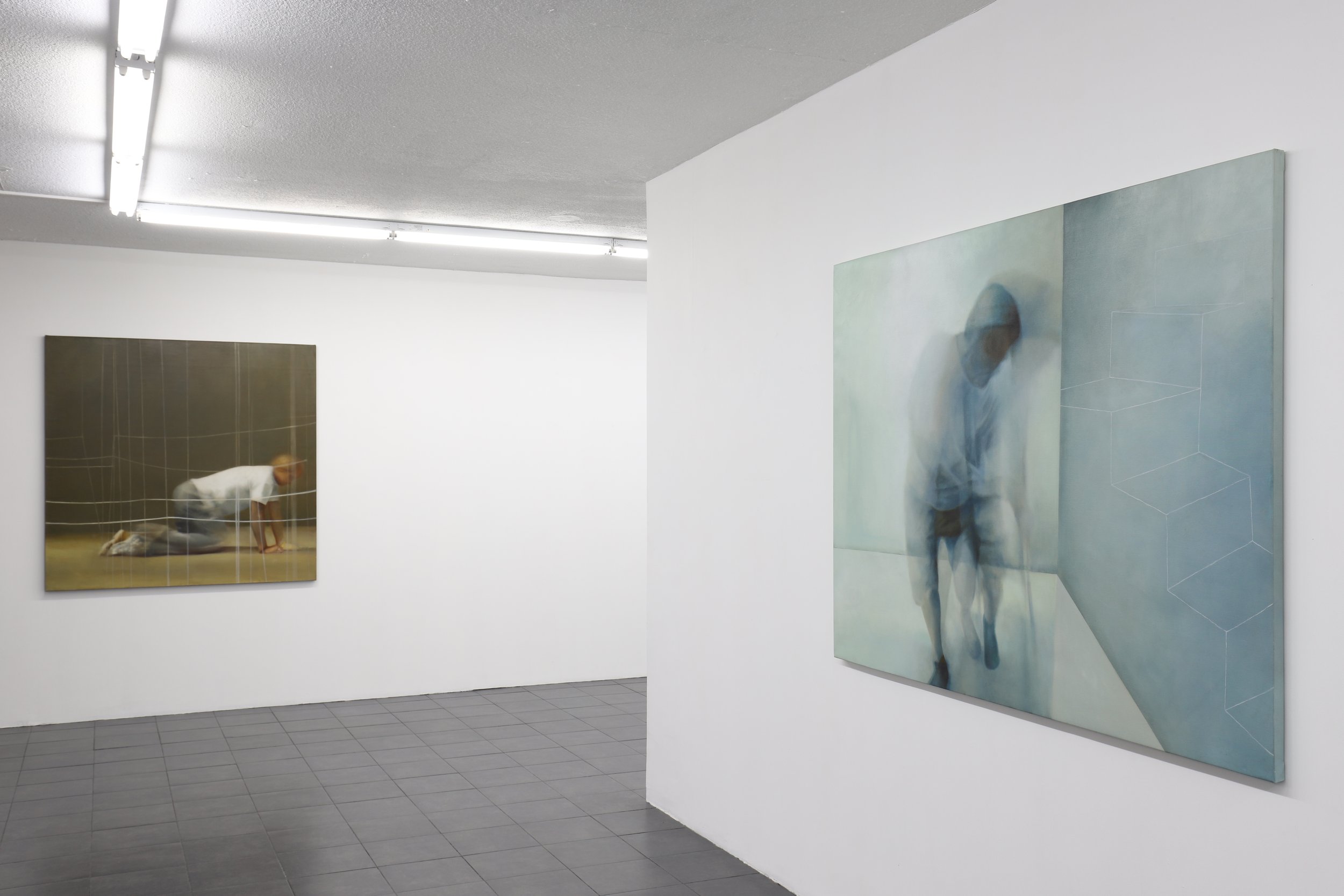RONALD MORÁN
DIÁLOGOS INMATERIALES
november 2017
DIÁLOGOS INMATERIALES
Immaterial Dialogues
In the work of Ronald Morán (San Salvador, 1972) the diverse strategies of dematerialization— of objects or of the artwork itself— are part of a continuous investigation that confronts the rawness of contemporary history and daily life in Central America and the world, with the power of maximum aesthetic subtlety. In each work of dematerialization, the play of tensions between opposites such as violence and subtlety, presence and absence, ends up introducing the strangeness necessary to generate critical visions.
A decade ago, when he represented his country at the Venice Biennale, he covered spaces and household objects with a material so soft, so white, so soft that it looked like cotton, confronting in the most subtle way the violence perpetrated in the domestic sphere. A perfect strategy to provoke another way of examining abusive family spaces. In his later series of installations of labyrinths and staircases constructed with white thread, he builds metaphors of social tensions and fragilities. Displacements that do not lead to a secure footing. Later records in photography and painting contain the echo of people passing through precarious areas.
The body, captured as a trace through the installation, painting or photography, but also as a potential actor in those graphite drawings that function in turn as an echo of his installations, is also a social body. It is both thread and labyrinth, attempt and impossibility of ascent, aspiration and denial of utopia, a continuous passing under the tension of not tearing the piece of the dream of social constructions.
In the series Diálogos inmateriales, inspired by the architectures of the Japanese Tadao Ando (b.1941), Ronald Morán poses a dialogue with this creator who uses spatial silence as a way of pronouncing, as in the poetics of Haiku, few, precise syllables that trigger sudden comprehensions. The architect's statement: "To change the way of inhabiting is to change the city and reform society" is closely related to the way Morán uses stairs and labyrinths or cotton coverings and projections that dematerialize the world, to provoke thresholds of perception and social transformation.
Morán appropriates photographs of architectural spaces conceived by Ando, covering them with translucent sheets that fulfill a double function: they veil or dematerialize the marvelous architectures and are at the same time the support for proposing precise levitating geometries that his hand traces in ink in a precise, millimetric way, as an image that suggests the possibility of other common constructions. Perhaps of worlds with the certainty of a transparent order.
His ideal interventions in the architectures of Tadao Ando, those geometric constructions in ink that float on transparent paper, provoke a fusion between both languages, a dialogue with the vast circulation spaces created by this master architect of the spatial void. What does this language in conjunction speak about?
Ronald Morán writes a personal answer, open to the interpretation of each viewer: "This dialogue takes place between hardness and fragility, between the representational and the sensorial, and ends up building a transit between the different states in which matter (the current state of the world) can be altered by imagination and utopia".
- Colectiva Curatorial Luna







